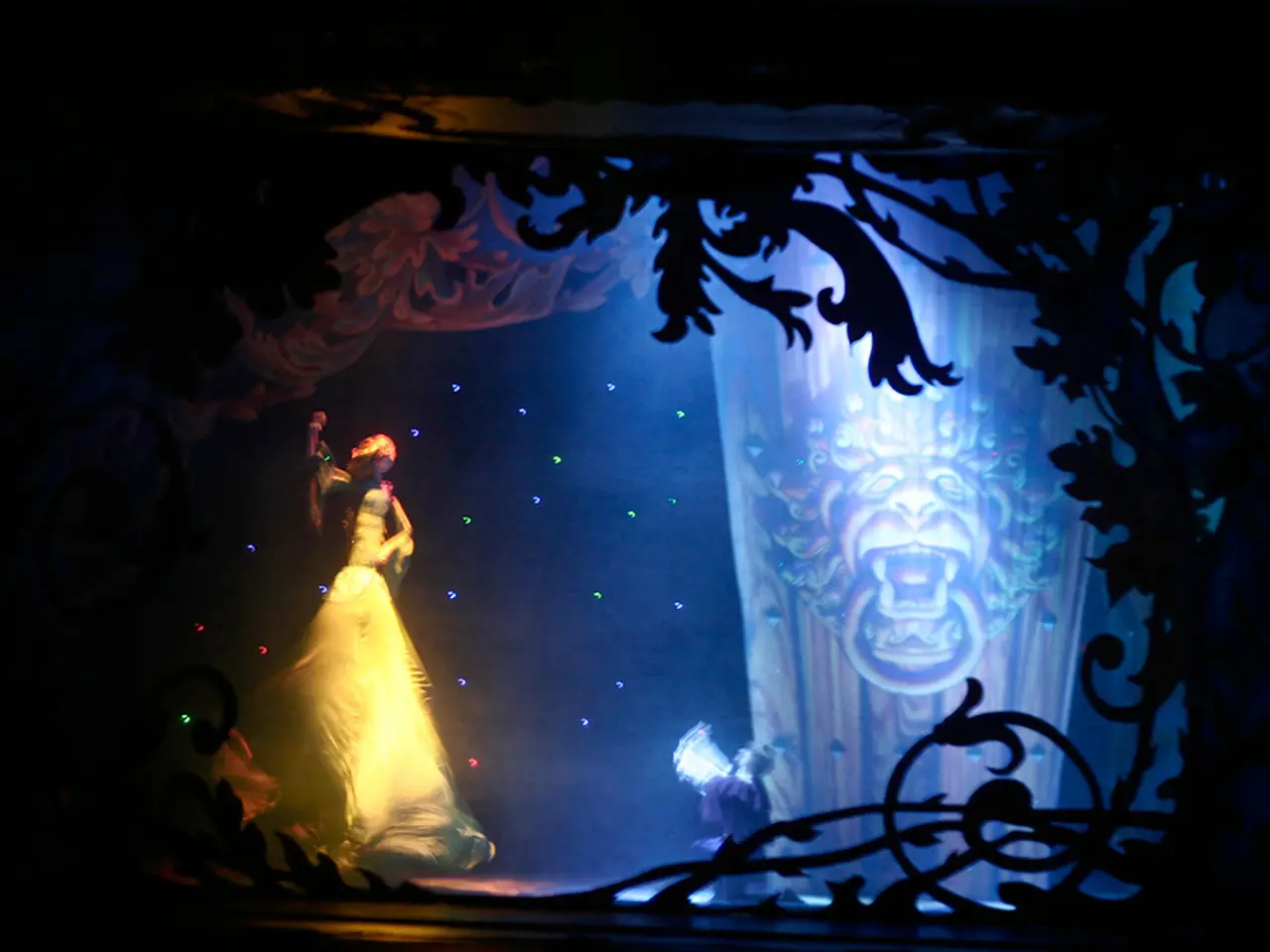Ancient ice mummy's intricate body tattoos reveal craftsmanship of long-lost artwork tradition
In a groundbreaking study published in the prestigious journal Antiquity, researchers have delved into the intricate world of prehistoric tattooing, focusing on the remarkable Pazyryk culture mummies discovered in Siberia.
For decades, archaeologists have been fascinated by the elaborate tattoos adorning the skin of these ancient mummies, which were preserved remarkably well due to burial in permafrost. However, the lack of high-resolution images made it difficult to fully appreciate the sophistication of these ancient works of art.
That changed with the advent of advanced near-infrared digital photography and three-dimensional imaging. These innovative techniques have allowed researchers to study the craftsmanship behind the ancient body art for the first time.
The findings revealed that the tattoos consisted of intricate animal and mythical imagery, applied with great skill and complexity. The tattoos were made by hand-poking using multiple tools, with a multi-point tool creating uniform, thick lines for most outlines, and a finer single-point tool for detailed parts like antler tips and hand motifs.
High-resolution images revealed uniform line thickness and no evidence supporting incision or subdermal tattoo methods. Overlapping of line ends suggested the artist worked in stages, reapplying pigment as needed.
The research provides new insights into Early Iron Age tattooing craftsmanship, showcasing the high skill and complexity in tattoo application among the nomadic Pazyryk people of the Siberian Altai Mountains during the sixth to second centuries B.C.
The study also suggests that tattooing was not merely a symbolic decoration but a specialized craft. It likely demanded technical skill, aesthetic sensitivity, and formal training or apprenticeship.
Archaeologists collaborated with modern tattooers to analyze the Pazyryk mummy tattoos with greater precision. The findings offer a new way to recognize personal agency in prehistoric body modification practices.
Moreover, the research sheds light on the complexity and sophistication of prehistoric tattooing techniques. A significant difference in quality was found between the tattoos on the right and left arm of a 50-year-old woman mummy, suggesting multiple tattooers or varying skill levels.
The Pazyryk tattoos, previously difficult to study, are now revealing their secrets, offering a fascinating glimpse into the lives and cultures of these ancient people. The study concludes that these prehistoric tattooers were indeed professionals, masters of their trade, whose artistry deserves our admiration and respect.
- The innovation of advanced near-infrared digital photography and three-dimensional imaging has revolutionized the study of prehistoric tattooing, allowing us to better appreciate the technological sophistication in these ancient works of art.
- In the health-and-wellness realm, collaborations between archaeologists and modern tattoo artists are helping us understand the specialized craftsmanship and potential formal training required for prehistoric body modification practices.
- The aerospace industry could learn valuable lessons from the intricate precision and technical skill demonstrated by the prehistoric tattooers of the Pazyryk culture, showcasing the potential for merging ancient skills with modern technology.
- The skin-care industry might also take inspiration from the prehistoric tattooing techniques, as the uniform line thickness and artist's attention to detail in the Pazyryk mummy tattoos can be seen as a testament to the importance of consistency and skill in the execution of fine, aesthetic work on the human body.




